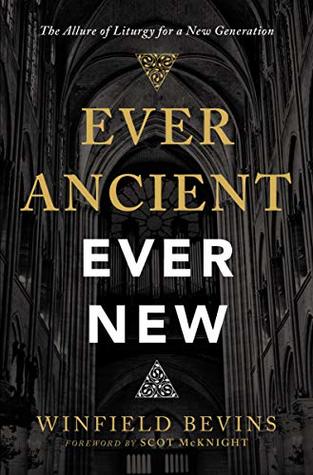More on this book
Community
Kindle Notes & Highlights
Read between
March 12 - March 29, 2019
liturgy, when rightly appropriated, is one of the best ways for us to make disciples in a postmodern context.
Many young people today are not interested in a church that provides a slightly different version of what the world can give them. If the church is just another vendor of services—not even a good one in some cases—what does it have that they cannot get elsewhere?
Today many young people are searching for truth that has been tested and tried, truth that acknowledges the holistic nature of the human person—addressing the heart, soul, mind, and body. Many are searching for this truth by looking not to the future but to the past. Looking beyond the modern age, they are looking to the premodern roots of our history.
Millennials aren’t looking for a hipper Christianity . . . We’re looking for a truer Christianity, a more authentic Christianity. Like every generation before ours and every generation after, we’re looking for Jesus—the same Jesus who can be found in the strange places he’s always been found: in bread, in wine, in baptism, in the Word, in suffering, in community, and among the least of these.6
But I also think part of the draw is the very ancientness of these practices. The very strangeness carries a kind of transcendence they’ve never experienced in their big-box megachurch experiences, which feel like every other kind of “event” they’ve attended in their lives. They realize the church is older than their youth pastor. They might not know to name it this way, but I would say it is the catholicity that they are drawn by.7
Many are tired of the religious culture wars and would prefer to move past them in search of a holistic Christian faith that embraces the best of all sides.
The historic church has asserted that we are cleansed with the water of baptism, fed with the bread and wine of Communion, and healed by the laying on of hands using anointing oil. We are taught by the read-aloud Word, as well as with the colors of the sanctuary that correspond with the seasons of the Christian year. All these elements function together in the liturgical practices of the church and engage us holistically. Many young adults say these practices allow them to engage their whole person with the whole gospel.


